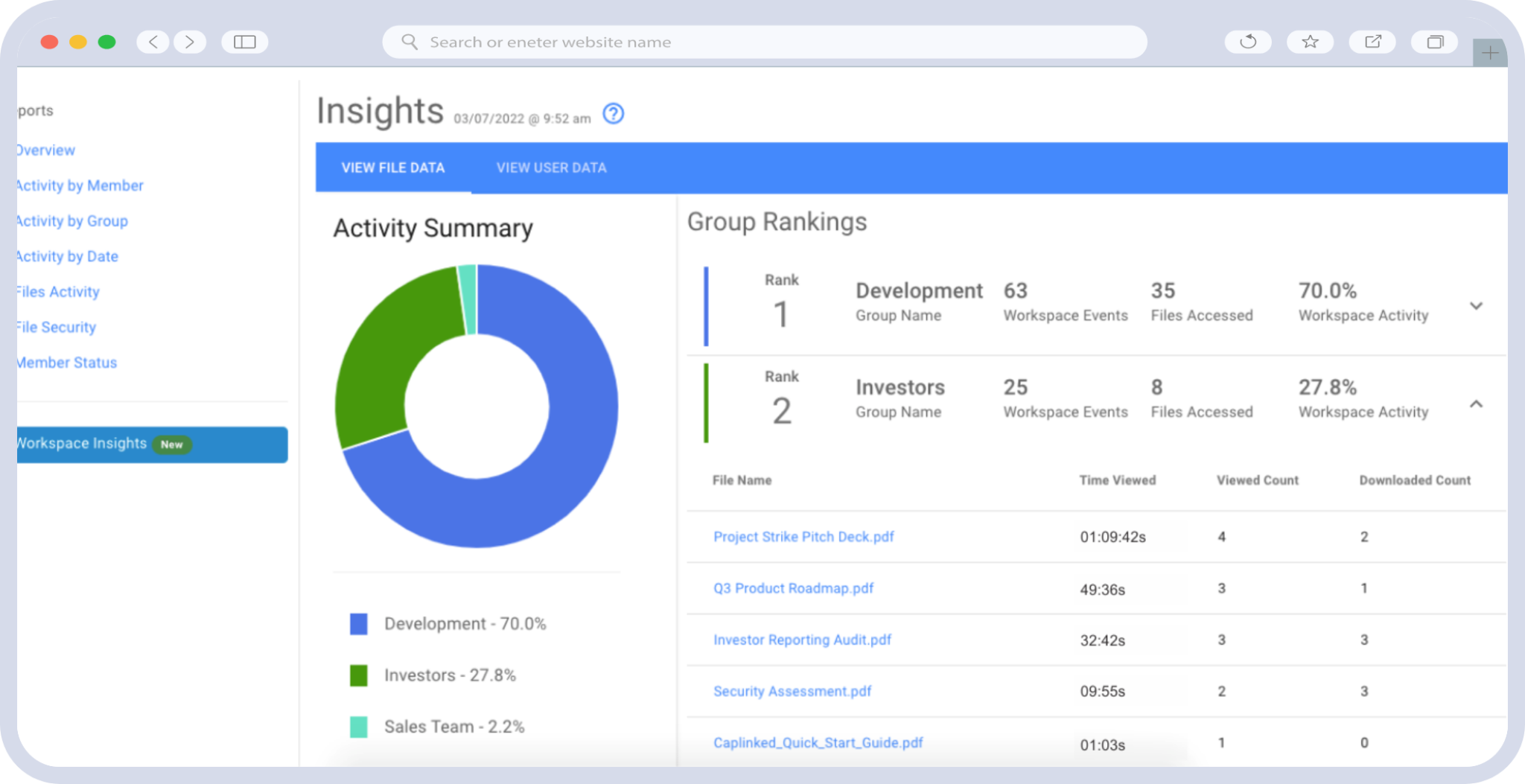The Pentagon is no longer soft-pedaling security.
The Cybersecurity Maturity Model Certification program is moving from talking points to timing: the Department of Defense has set a staged rollout with Phase 1 self-assessments beginning November 10, 2025, then requirements phasing into solicitations and contracts over several years. The schedule and mechanics live on the DoD CIO’s official pages: the CMMC overview, the concise About CMMC explainer, the updated CMMC FAQs, and the resource hub that flags the Nov 10 start for self-assessments under CMMC Resources & Documentation.
If an organization touches defense work or sells into that orbit, diligence is going to read like a contracting officer’s checklist. The foundation is still NIST SP 800-171 and the DFARS clauses that bring it into contracts. CMMC adds attestation and certification that affect award eligibility and option exercises. The posture in your deal room will influence valuation and timelines: buyers will expect proof. Not promises.
Table of Contents
ToggleWhat Changed: The Bar and the Clock
Two shifts are driving the tighter review.
First: the Department has been explicit that cybersecurity is required. CMMC is now codified and aligned to existing DoD security requirements for the defense industrial base, as the CMMC overview explains. The FAQs clarify scope, assessment types, and how levels map to sensitivity: see the current CMMC FAQs.
Second: timing is real. Phase 1 prioritizes self-assessments and lays groundwork for later phases to appear in solicitations and contracts. The DoD CIO’s implementation notes and internal briefs gathered under CMMC Resources & Documentation connect the dates to artifacts your reviewers will ask for, such as scoping guidance and assessment guides.
Under this regime, contractors and many subcontractors must align controls to the data they touch. The baseline remains NIST SP 800-171 Rev. 3; DFARS clauses like 252.204-7012 bring those requirements into contracts. CMMC layers in attestation and certification that determine eligibility and keep option years alive.
What Buyers Will Expect Inside the Deal Room
Think like a contracting officer and a red team. A serious room makes the following easy to verify and hard to dispute.
Policy-to-control traceability: map access control, logging, encryption, vulnerability management, and patching back to written policies aligned to NIST SP 800-171. Store the mappings next to the policies so claims tie to evidence.
Assurance that survives download: diligence files should carry protection beyond the room. FileProtect DRM lets admins revoke access to a downloaded document; this contains blast radius if something is forwarded.
Audit trails on demand: expect “who accessed which folder when” questions. Caplinked’s VDR supports exports to CSV or Excel for counsel and the board.
Vendor and cloud coverage: controls must flow down to providers under DFARS clauses tied to safeguarding and reporting, including 252.204-7012. Align third-party evidence and attestations to the DoD’s own framing in the CMMC overview and FAQs.
A Diligence Checklist Built for CMMC Gravity
Use the room to stage answers before the first buyer question lands. Keep the structure simple; keep the evidence close to the claim.
Security Baseline
Document the policy set aligned to NIST SP 800-171 Rev. 3 and include a current control matrix. Add access design with SSO, MFA, and least-privilege role maps. Include network diagrams and asset inventories segmented by data sensitivity so reviewers can match scope to level.
If you rely on a virtual data room to circulate any of this, make the room part of the evidence: document management with tracking should show who interacted with each file and when.
Proof You Do What You Say
Post a log retention policy and a recent export that proves completeness. Add patch and vulnerability cadence with the last three cycles of reports. Include your incident response plan and tabletop evidence from the past twelve months; if you use assessment procedures, reference NIST SP 800-171A for how you validated controls.
Keep these artifacts behind stricter permissions and watermark anything that could leak.
CMMC and DFARS Evidence
Publish the current score and method under DoD assessment methodology. Attach any third-party assessment reports and POA&Ms with timelines. Include copies of relevant DFARS clauses or references from recent contracts, especially 252.204-7012 and related assessment provisions gathered in CMMC Resources & Documentation.
Data Room Controls
Show dynamic watermarking that stamps user, time, and IP; outline the policy for who gets watermarks and when. Keep DRM enabled for sensitive exports so revoke-after-download is routine through FileProtect.
Finally: pin authoritative context in the room itself. Link the DoD CIO’s About CMMC, the current CMMC FAQs, and the official NIST SP 800-171 page so reviewers can verify scope and timing without leaving the workspace.
The Target’s Playbook: How to De-risk Before Diligence
Sellers that prepare save time and protect value. Start with a “compliance front page” in the VDR: a one-pager with applicable CMMC level, current NIST 800-171 gaps, and planned remediation windows. The baseline remains NIST SP 800-171 Rev. 3; CMMC layers attestations and certifications on top through the DoD CMMC program.
Place sensitive artifacts behind stricter permissions; watermark anything that could leak; keep revoke-after-download on by default. CapLinked combines document management with tracking, dynamic watermarking and document tracking, and FileProtect DRM so downloaded files can be revoked if they escape the room.
Treat schedule risk like a deal term. Buyers will ask how quickly the target can reach the required level, how many open items remain, and whether milestones match the award calendar as clauses begin appearing in solicitations. The rollout and mechanics are laid out in CMMC Resources & Documentation and clarified in the current CMMC FAQs. A plan that tracks those timelines avoids “we thought it was later” surprises.
The Buyer’s Playbook: Where Valuation Meets Verification
A fast triage separates fixable gaps from showstoppers.
Award eligibility risk: if the pipeline includes near-term DoD work, confirm the target’s CMMC level aligns with anticipated solicitations. Anchor questions to the CMMC overview and to DFARS clauses that bring NIST into contracts, including DFARS 252.204-7012.
Control maturity, not platitudes: request proof of logging scope, MFA coverage, and endpoint management. Then spot-check the VDR itself: export logs; open a sample file to verify watermarking; confirm revoke-after-download works.
Third-party drag: verify that key vendors accept DFARS flow-downs and reporting windows. The baseline for protecting controlled unclassified information is NIST SP 800-171; use the CMMC FAQs to frame what evidence is expected from service providers.
SEC pressure mid-deal: for public buyers, a material cyber incident can trigger an SEC Form 8-K disclosure under Item 1.05 within four business days of determining materiality; staff statements also explain the use of Item 8.01 for non-material updates. A VDR with revoke-after-download, watermarking, and exportable logs keeps that process contained and auditable.
How a Deal Room Proves Cyber is Not Optional
A solid VDR does three things that matter in this landscape: it proves timing with exportable audit trails; it controls leakage with watermarking and DRM; it centralizes questions so the evidence stays attached to the artifact.
A practical setup looks like this:
- Enable least-privilege roles and SSO plus MFA; publish the role map alongside policies.
- Turn on watermarking for external users; require DRM for sensitive exports.
- Schedule weekly audit-log exports during the process; keep the reports in a “Counsel” folder.
Route all technical questions through EZ Q&A and link answers directly to the policy, log export, or assessment report that proves the point.
The Line is Real: Prepare Accordingly
DoD’s stance is clear and the clock is running. Companies that want to win defense work or sell into that ecosystem must show working controls, not glossy decks. The deal room is where that proof lives.
Set up a CapLinked workspace that makes diligence answer itself: FileProtect DRM for revoke-after-download, dynamic watermarking and document tracking, and exportable audit logs for counsel and the board. Pair those mechanics with NIST-aligned policies, current assessments, and vendor flow-downs, and the conversation shifts from persuasion to confirmation.




